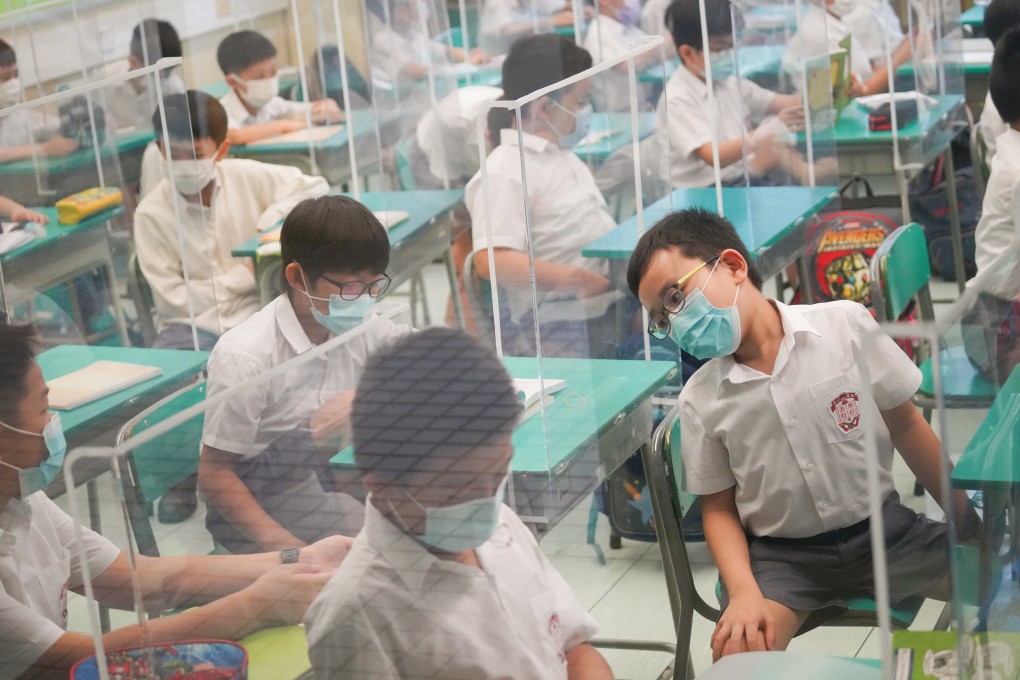Letters | Back to school in Hong Kong: take lessons from pandemic for shift to smart classrooms
- Students can only shout out the answer or not talk at all in a physical classroom, but the online medium has helped spark better discussions among them, even after lessons
- The physical classroom and textbook teaching style has continued for more than 150 years. It is time for classroom teaching to enter the smart age

The worst thing is that we cannot physically check on each other. Although we can chat online, it feels odd not being able to run around with friends or go eat lunch in the same restaurant. Teachers cannot make sure if students are working on a lesson or are just away from the keyboard. There are also some privacy concerns in terms of being on camera from home.
However, there is something we can learn from this. I noticed the exchange of ideas was better facilitated through the Google classroom response system.
In a physical classroom, students can only shout out the answer or not talk at all. After the lesson, they do not discuss lesson content most of the time. The online medium, however, acted as a conduit for discussion. It was like an online class forum and we responded to each others’ ideas enthusiastically. I enjoyed such an active and interactive classroom although we were kilometres apart. This degree of freedom of discussion was beyond what I had experienced in a regular classroom.
The physical classroom and bland textbook teaching style has continued for more than 150 years. In terms of technology, we have gone from a typewriter to a glass slab in our pocket that can practically do anything; we want everything to be as efficient as possible, we want even our homes to be “smart”. But what about our teaching?